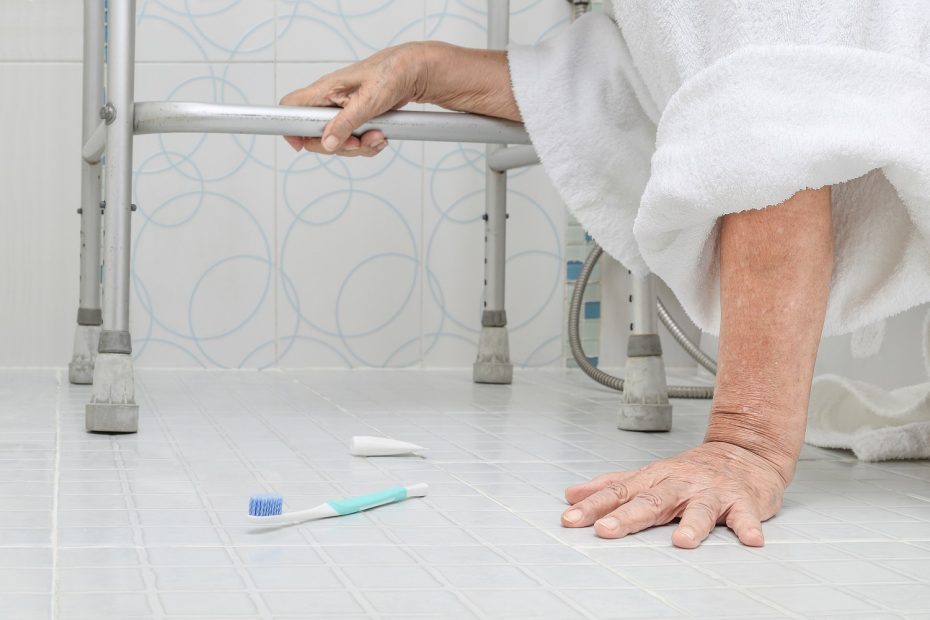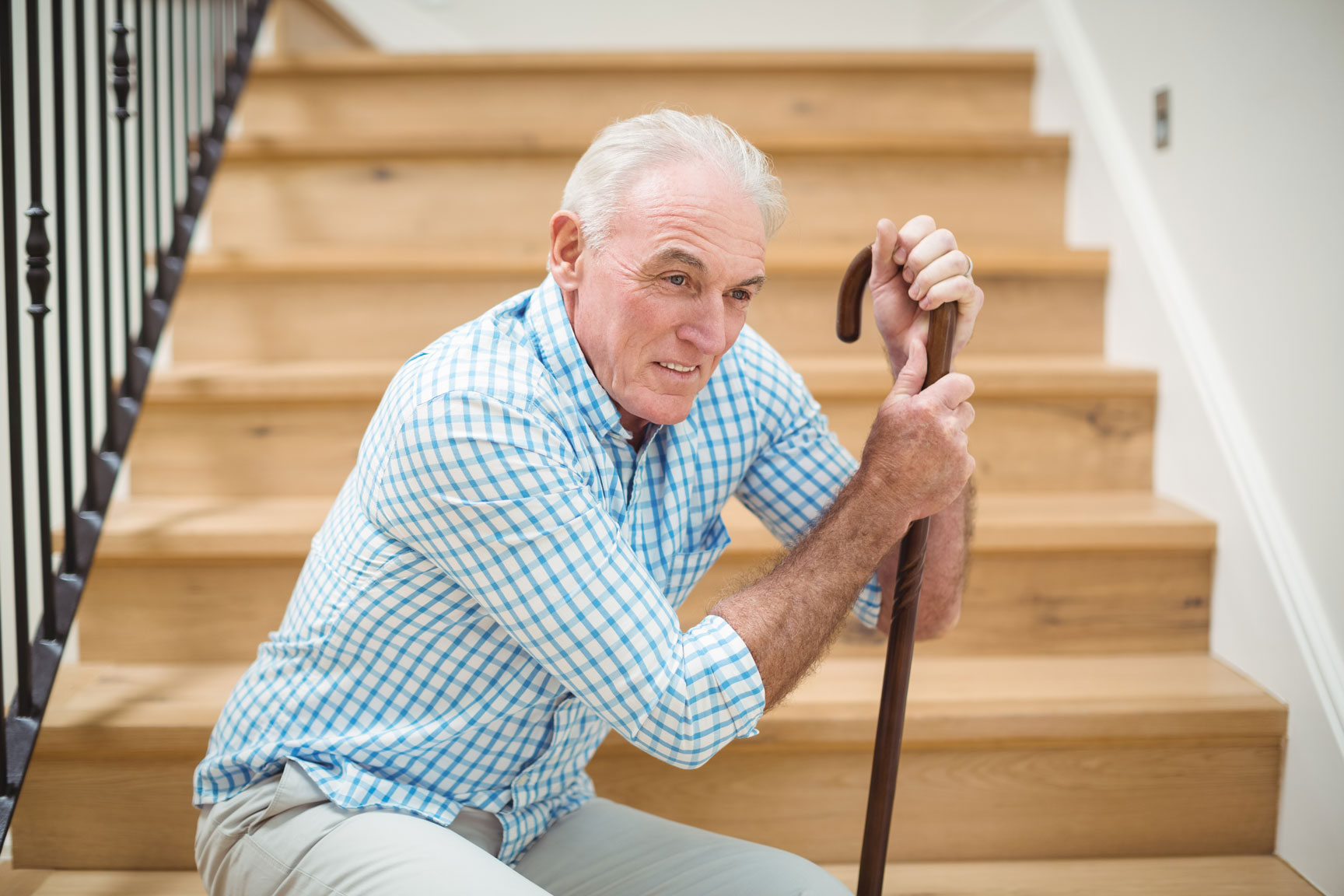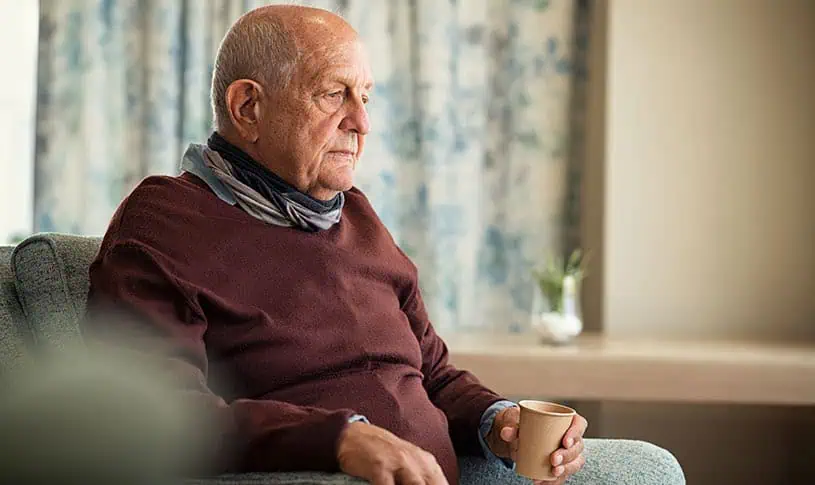In today’s world, where technology is advancing rapidly, the integration of fall detection with blood pressure monitoring is becoming increasingly important. This combination not only ensures the safety of individuals, particularly the elderly, but also provides vital health insights. As family caregivers, understanding the benefits and functionalities of these technologies can greatly enhance the care and safety of our loved ones.
Fall detection systems have been a crucial component in ensuring the safety of the elderly. With the integration of blood pressure monitoring, these systems can provide a more comprehensive health overview, allowing for timely interventions and better health management.

Understanding Fall Detection Systems
Fall detection systems are designed to alert caregivers or emergency services when a fall occurs. These systems use various technologies, such as accelerometers and gyroscopes, to detect falls and trigger alerts. Understanding how these systems work can help caregivers choose the right solution for their needs.
Types of Fall Detection Technologies
There are several types of fall detection technologies available, each with its unique features and benefits. These include wearable devices, non-wearable sensors, and camera-based systems. Each technology has its advantages and limitations, and the choice depends on the specific needs and preferences of the user.
Wearable devices, such as smartwatches and pendants, are popular due to their portability and ease of use. They often come equipped with additional features, such as blood pressure monitoring and heart rate tracking, providing a comprehensive health monitoring solution.
Non-Wearable Sensors
Non-wearable sensors are typically installed in the home and use infrared or radar technology to detect falls. These systems are ideal for individuals who prefer not to wear devices, but they require careful placement and may have limitations in certain environments.
The Role of Blood Pressure Monitoring
Blood pressure monitoring is a critical component of health management, particularly for the elderly. High blood pressure can lead to serious health complications, such as heart disease and stroke. By integrating blood pressure monitoring with fall detection systems, caregivers can gain valuable insights into the overall health of their loved ones.
Benefits of Blood Pressure Monitoring
Regular blood pressure monitoring helps in early detection of potential health issues, allowing for timely intervention and treatment. It also provides a better understanding of how lifestyle changes, medications, and other factors affect an individual’s health.
For caregivers, having access to real-time blood pressure data can be invaluable in managing the health and well-being of their loved ones. It allows for proactive health management and can significantly reduce the risk of serious health complications.
Integrating Fall Detection and Blood Pressure Monitoring
The integration of fall detection and blood pressure monitoring into a single system offers numerous benefits. It provides a comprehensive health monitoring solution that can enhance the safety and well-being of individuals, particularly the elderly.
By having a system that alerts caregivers not only when a fall occurs but also when there are significant changes in blood pressure, caregivers can make informed decisions and provide timely interventions.
Choosing the Right System
When selecting a fall detection system with blood pressure monitoring, it’s important to consider factors such as ease of use, reliability, and compatibility with other health monitoring devices. Reading reviews and consulting with healthcare professionals can help in making an informed decision.
There are many options available in the market, ranging from basic systems to advanced devices with multiple health monitoring features. Considering the specific needs of the individual and the level of monitoring required is crucial in choosing the right system.
Enhancing Safety with Technology
Technology plays a vital role in enhancing safety and improving health outcomes. With advancements in technology, there are now more options available than ever before to ensure the safety and well-being of our loved ones.
Incorporating technology such as fall detection solutions without cameras and IoT sensors for daily life can greatly enhance the safety and quality of life for the elderly. These innovations not only provide peace of mind for caregivers but also promote independence and confidence in their loved ones.
Future of Fall Detection and Health Monitoring
The future of fall detection and health monitoring looks promising, with continued advancements in technology and increased focus on integrating multiple health monitoring features into a single system.
As technology continues to evolve, we can expect more innovative solutions that provide even greater insights into the health and safety of individuals. This will not only enhance the quality of life for the elderly but also provide caregivers with the tools they need to ensure the well-being of their loved ones.
Conclusion
The integration of fall detection with blood pressure monitoring offers a comprehensive solution to enhance safety and health management. By understanding the benefits and functionalities of these technologies, caregivers can make informed decisions and provide better care for their loved ones.
With the right system in place, caregivers can ensure the safety and well-being of their loved ones, while also gaining valuable health insights that can lead to better health outcomes. Embracing these technologies can significantly improve the quality of life for both caregivers and their loved ones.

Frequently Asked Questions
What are the benefits of fall detection systems?
Fall detection systems provide peace of mind for caregivers by alerting them when a fall occurs. They can also reduce response times in emergencies, potentially saving lives.
How does blood pressure monitoring help caregivers?
Blood pressure monitoring provides valuable health data that can help caregivers manage the health of their loved ones more effectively. It allows for early detection of potential health issues and timely interventions.
Are there any privacy concerns with these technologies?
While privacy concerns can arise with any monitoring technology, many systems are designed with privacy in mind, using secure data transmission and storage methods.
For more information on fall prevention and health monitoring, visit National Institute on Aging.
This article contains affiliate links. We may earn a commission at no extra cost to you.






